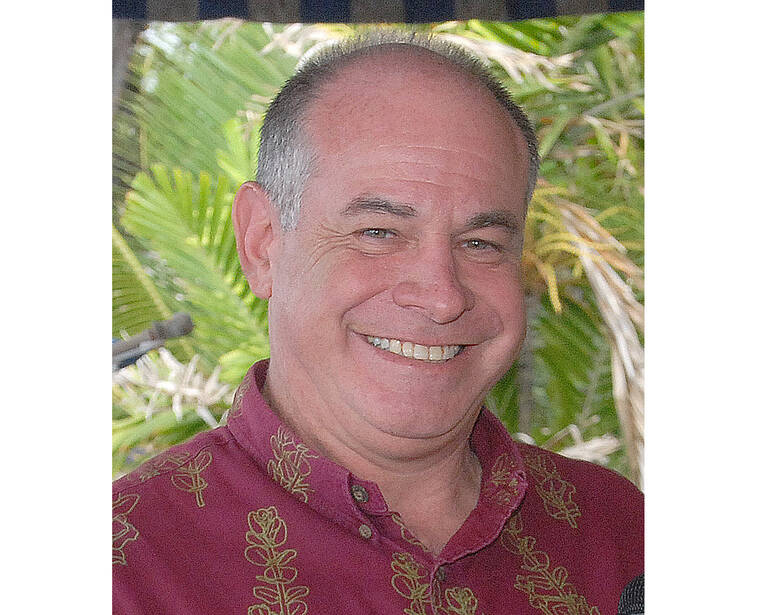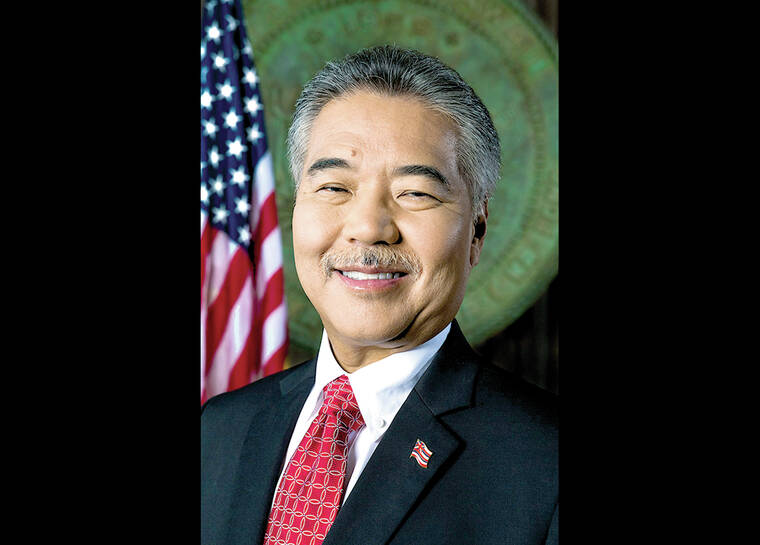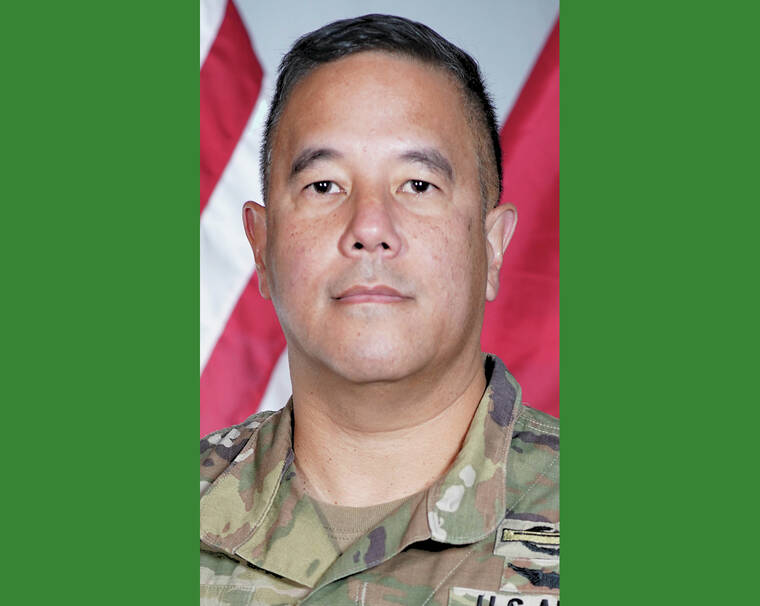Ige: ‘An alarming increase’ in COVID cases




The Hawaii National Guard made a quick about-face Friday on plans to draw down a joint task force mobilized for the state’s COVID-19 response.
Maj. Gen. Kenneth Hara, the state’s adjutant general and director of the Hawaii Emergency Management Agency, announced the decision to keep the task force in place on the same day Gov. David Ige held a press conference to discuss what he called “an alarming increase in the number” of novel coronavirus cases statewide.
ADVERTISING
In a statement, Hara said the National Guard “must be responsive, and to do so we must anticipate needs.”
“We must organize again and resource ourselves to meet the needs of the counties and the state,” he said.
Ige noted 797 new COVID-19 cases on Friday with “no backlogged cases.” That was up from 395 new and probable infections announced on Thursday which, according to Department of Health spokesman Brooks Baehr, included about 130 backlogged cases because a testing provider “experienced an interruption with the electronic laboratory reporting system.”
“On Dec. 7, the seven-day average was 101 cases a day,” Ige said. “Now, just 10 days later, our seven-day average is 297 cases a day,” Ige said. “On Dec. 7, our positivity rate was 1.4%. Today, just 10 days later, our positivity rate is 4.2%, and just yesterday, our positivity rate was at 3.4%.”
State Health Director Dr. Libby Char called the surge “a mix of delta variant as well as omicron.”
“We’re seeing more and more omicron variant,” Char said. “(In) specimens collected up to Dec. 4, 2% of our state cases are omicron variant. They’re all on Oahu, and if you just use the Oahu cases as a denominator, then we’re at 5% on Oahu, but we know that that’s going up.”
Char said as of Thursday night, there were 31 cases of omicron variant and there are another “17 cases that look very suspicious for omicron that we’re performing full genetic sequencing on.”
According to Char, the sharp spike in cases can’t be pinned down to any single factor, but said the “numbers reflect a disturbing trend.”
“The delta variant, the omicron variant, large gatherings, increased travel and holiday get-togethers appear to be fueling the surge,” she said.
In Hawaii County, 29 new COVID-19 cases were reported Friday, with 213 active novel coronavirus cases and four people hospitalized.
The test positivity rate in Hawaii County is 2.4%, with a seven-day average of new cases at 17, but trending upward.
Mayor Mitch Roth said Hawaii County officials are “hoping for the best but preparing for the worst in the growing case counts on our island and across the state.”
“At this time, we are planning to stick with our rules as they are but are ready to pivot if need be,” Roth said in a statement. “Our Civil Defense administration is working alongside the Department of Health to monitor our on-island cases and assess needs accordingly. We have also been in conversation with our hospitals to ensure that we do all we can to prevent a surge as we saw in September.
“We are asking folks to continue doing the small things that have kept us safe over the past couple of years, like washing hands, masking up, staying home when sick, and distancing as much as possible. We know that the outdoors is a safe place, and as we head into the holidays, we would encourage folks to gather outdoors whenever possible. At this point, we aren’t asking people not to spend time with friends and family; all we are doing is asking that they do it mindfully and with the best interest of their community in mind.”
Char said data shows omicron to be “more easily transmitted” and “less virulent” than other novel coronavirus variants.
“But don’t be fooled into thinking that it won’t affect our hospitals and our families,” she added. “Perhaps the numbers in the hospitals may end up being worse than delta. … If you had a virus that infected 100 people and 10% ended up in the hospital, that would be 10 people. But if you have something that’s super easy to transmit and it infects 1,000 people, even though 3% end up in the hospital, that’s going to be 30 people.
“… If it’s that easily transmitted, just by the sheer numbers, we’re going to end up seeing people in the hospital — and we’re going to end up seeing people getting severely ill from it. Even if it is less virulent than some of the previous variants.”
Char said the current spike in cases underscore the need for vaccinations and booster shots.
People at least 18 years old who completed their initial series of Pfizer or Moderna vaccine at least six months ago should get a booster now, she said. People ages 16 and 17 who completed their initial series of Pfizer vaccine at least six months ago can get a booster. Those who received a single dose of the Johnson &Johnson vaccine at least two months ago should get a booster now.
“The presence of the Omicron variant makes getting vaccinated just as important today as ever. Booster shots are increasingly important. If you are eligible for a booster, please get boosted now,” she said.
Information on where vaccines are available can be found at https://hawaiicovid19.com/vaccine-info/.
Email John Burnett at jburnett@hawaiitribune-herald.com.








